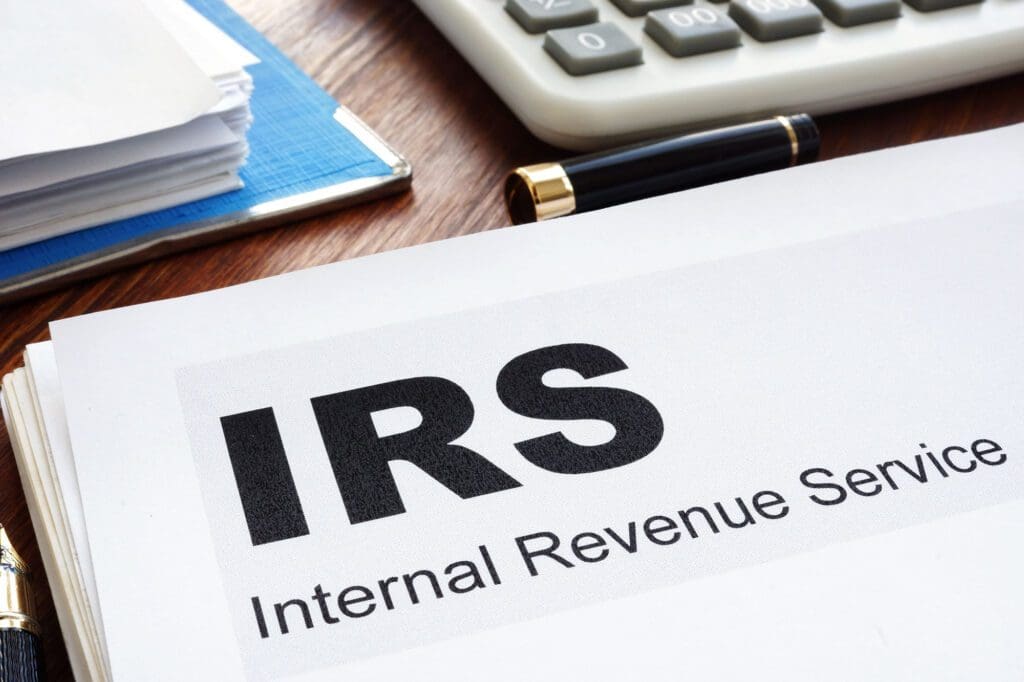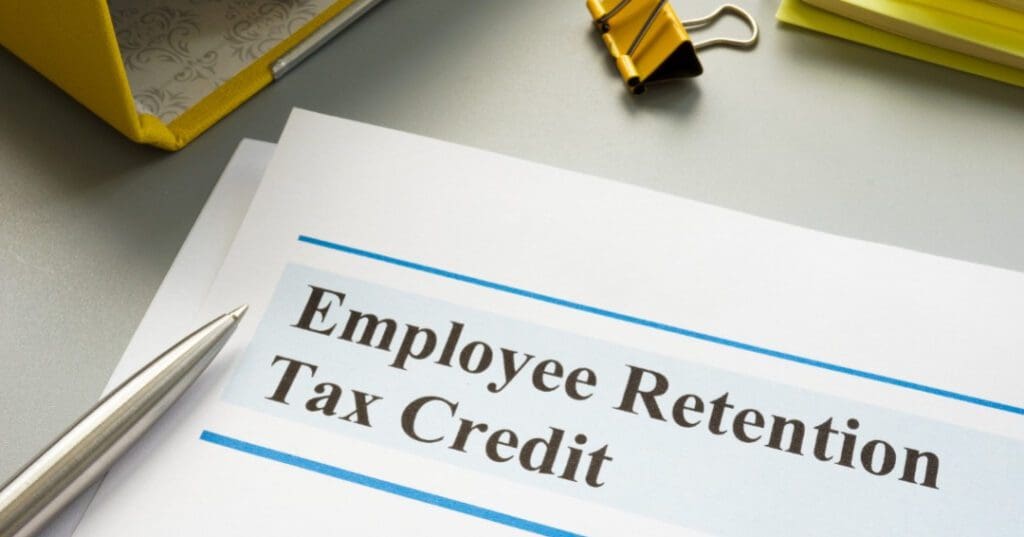If you could procure $26 thousand per employee simply by getting some information together and filling out a tax form, would you do it? Most any employer would answer this question with an emphatic “Yes!”
Some employers have been able to claim the Employee Retention Tax Credit to offset the hardships incurred as the result of full or partial government-mandated shutdowns or a decline in gross receipts. Also called the Employee Retention Credit (ERC), it’s a quarterly payroll tax credit against the employer’s share of certain payroll taxes and against wages paid to each employee. That ERC money is a refundable tax credit, not a loan, so it does not need to be paid back. The purpose of the ERC is to help qualified businesses offset the impact of retaining employees during the COVID-19 pandemic. Even businesses that received Paycheck Protection Program (PPP) loans could qualify for the ERC.
If your company has filed for an Employee Retention Credit refund, you may very well still be waiting to receive it and eager to know your ERC refund status. If so, you’re not alone. At StenTam, we’re here to guide you through the process of tracking your refund requests, no matter your filing status.
How Do I Track My ERC Refund?
After you file, the next thing you’ll want to know is, “Where is my ERTC check?” The first step in tracking your ERC refund is to make sure that it was delivered to the IRS. The IRS does not allow companies to electronically file Form 941X (amended payroll tax return), and so it is necessary to mail a Form 941X to the applicable IRS service center. The best practice is to mail the amended returns via USPS-certified mail with a return receipt. Most people assume delivery, but the best practice is to check the status of the package online and confirm that USPS delivered it to the IRS.
The second step is to confirm the IRS received the return and entered it into the system. To confirm receipt, call the Internal Revenue Service’s business helpline at (800) 829-4933. When calling the IRS for a status update, have your federal employee identification number (EIN) and tax return information readily available.
Be aware, though, that due to a shortage of agents available to field phone calls, your on-hold time might be exceptionally lengthy. Know that there’s no 100% guarantee you’ll be able to find out all you want about your refund status from an IRS representative. And, speaking with an IRS agent won’t accelerate your IRS ERC refund status any faster. The IRS has a high volume of unprocessed payroll tax returns that have affected the ERC refund processing time.
If the delay of your Employee Retention Tax Credit is potentially causing economic harm to your business, you have the option of contacting the Office of the Taxpayer Advocate, also referred to as the Taxpayer Advocate Service. This IRS agency helps taxpayers resolve problems that have not been resolved through normal channels.
A lot of ERC filers wonder how they’ll receive their refund, specifically whether their ERC checks are being mailed. They can receive their funds via a check that’s mailed to them or direct deposit. That choice is up to the filer.
How Long Does It Take to Get My Employee Retention Credit Refund?
Unfortunately, we don’t have much good news for you in this department. Due to the high number of filings for Employee Retention Credits and limited IRS staff available to review these applications, the initial wait time of six to eight weeks is no longer accurate. The average ERC refund processing time has increased significantly and there is a backlog of unprocessed payroll tax returns.
Some businesses that submitted claims for the Employee Retention Tax Credit have reported waiting anywhere from four to twelve months for their ERC refunds. In some cases, the delay in receiving their expected refund has been even longer. As a general rule of thumb, the IRS processes and approves small refund amounts faster than it approves larger refund amounts.
Why Are Employee Retention Credit Refunds Taking So Long?
One reason so many eligible businesses have experienced such ERC refund delays is the large amount of 941-X forms the IRS has received. As of August 2, 2023, the agency lists its total inventory of unprocessed Forms 941-X at approximately 511,000. According to the IRS, some of these forms can’t be processed until the related 941s are processed.
Another delay in Employee Retention Credit processing time is fraudulent claims. There are marked IRS delays due to the agency reviewing large ERC credit claims – at least twice – before issuing them. The process began after a recommendation from the Treasury Inspector General for Tax Administration (TIGTA). The goal, of course, is to minimize and reduce fraudulent claims.
To help combat these fraudulent ERC claims, the IRS on October 19, 2022 issued a press release on the IRS website warning employers to be wary of third parties advising them to claim the Employee Retention Credit (ERC) when they may not qualify. As the IRS advised, improperly claiming the ERC could result in taxpayers being required to repay the credit – along with penalties and interest.
Yet another delay in the refund status of ERC-eligible businesses is the manual processing required for Form 941-X. Why? The IRS does not accept eFile of the 941-X form.

IRS Internal Revenue Service documents and folder.
How Do I Contact the IRS About My Employee Retention Tax Credit?
For the specifics of your ERC refund processing time, call the IRS helpline at (800) 829-4933. As mentioned previously in this blog, you also have the option of contacting the IRS’ Taxpayer Advocate Service, which helps taxpayers resolve problems that have not been resolved through normal channels.
Conclusion
Verifying the status of your Employee Retention Credit refund might seem even more difficult than amending Form 941 to claim the ERC. Not many people want to call the IRS! However, claiming the credit is definitely worth it – even with those multiple ERC refund delays.
If you haven’t yet taken advantage of the ERC refund, reach out to one of our associates today to learn about your business’s eligibility – before the window to retroactively file comes to a close!










